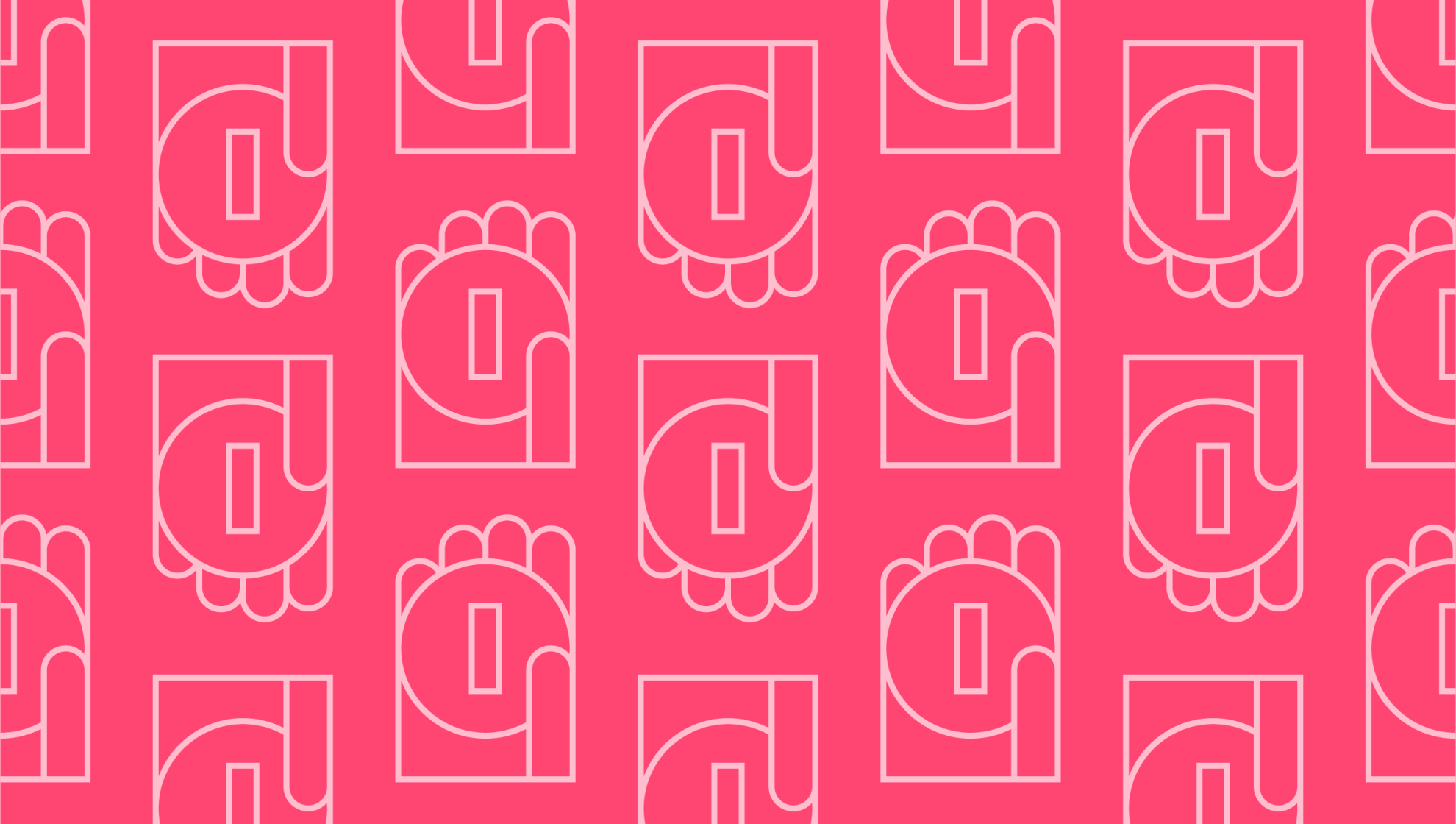Last editedMar 20233 min read
You’ve worked hard to complete your project and deliver it to the client. Now it’s time to request payment. What should go into your payment request email, and what can you do if the client doesn’t pay on time? Here’s a closer look at how to send requests for payment in an email, along with the benefits of using embedded payment links to expedite the process.
What is a payment request email?
A payment request email describes an email sent to your client to request payment for goods and services provided. Some are sent ahead of an invoice to notify the client about a payment that will be due shortly. Others are sent after the invoice to request late or missing payments. No matter the timing, a payment request email to clients achieves the same purpose. It puts your business needs directly in their inbox. Oftentimes, missing payments are simply due to forgetfulness and all a customer needs is a polite, professional reminder of what’s owed.
When should you send a payment request email to your client?
Timing is important when it comes to sending this type of email, so when should you make your payment request? One thing to remember is that delayed payments can lead to troubles with your cash flow. If your clients don’t pay on time, you’ll run into difficulty paying your own suppliers. Don’t leave it too long. Here’s a sample timetable of when to send payment request emails to clients:
Week before payment due date
Day of payment due date
Week after payment due date
Two weeks after payment due date
A final notice should be sent one month after the due date to give your client time to pay before you proceed to further collection steps.
Using a schedule like the one above prevents your customer from being inundated with spam emails. There’s no need to send a daily reminder, but you should be persistent if you still haven’t been paid by the due date.
How to send request for payment in an email
Professionalism should be at the heart of any request for payment. Use a polite, professional tone while making your request, even if payment is significantly past due. This maintains positive working relationships with your customers over time. There might be one month where a client has difficulty paying bills, but this doesn’t mean they’ll always have such cash flow issues.
You should reference the invoice number, due date, and any reference code in the subject line of your email. For busy clients with a full inbox, this lets them know exactly what your email is about right from the start. From there, you should keep the message brief, simply informing the customer that payment is due and providing details of how to make the payment. Many businesses will attach an invoice as a downloadable PDF file to this email for further reference.
Why you should include a payment link in your email
If you want to improve your payment request email’s chances of success, include a payment link at the bottom. This is a clickable link that directs the customer to a secure payment page. There’s no need to hunt around for your bank account details to make a payment; all the clients must do is click and pay. In addition to emails, payment links can also be sent across via tools like SMS text message, WhatsApp, or social media messages.
The main benefit of payment links is that they speed up the process. You’ll often find there’s no need to send a second reminder email. They’re also accessible to any business that uses a payment services provider, and you can customise the payment page to match your branding for a seamless payment experience.
Of course, you can avoid this tricky situation entirely by automating your payment collection with GoCardless. Rather than sending an email and payment link, you can use BECS direct debit to take payment directly from the client’s bank account. This is ideal for recurring and subscription payments, putting your business in control over payment timings and amounts. Another option is to use the new PayTo solution for instant one-off payments, coming soon in Australia. You’ll prevent those awkward conversations and costly fees involved with chasing up on payments via email.
We can help
GoCardless is a global payments solution that helps you automate payment collection, cutting down on the amount of financial admin your team needs to deal with. Find out how GoCardless can help you with one-off or recurring payments.
